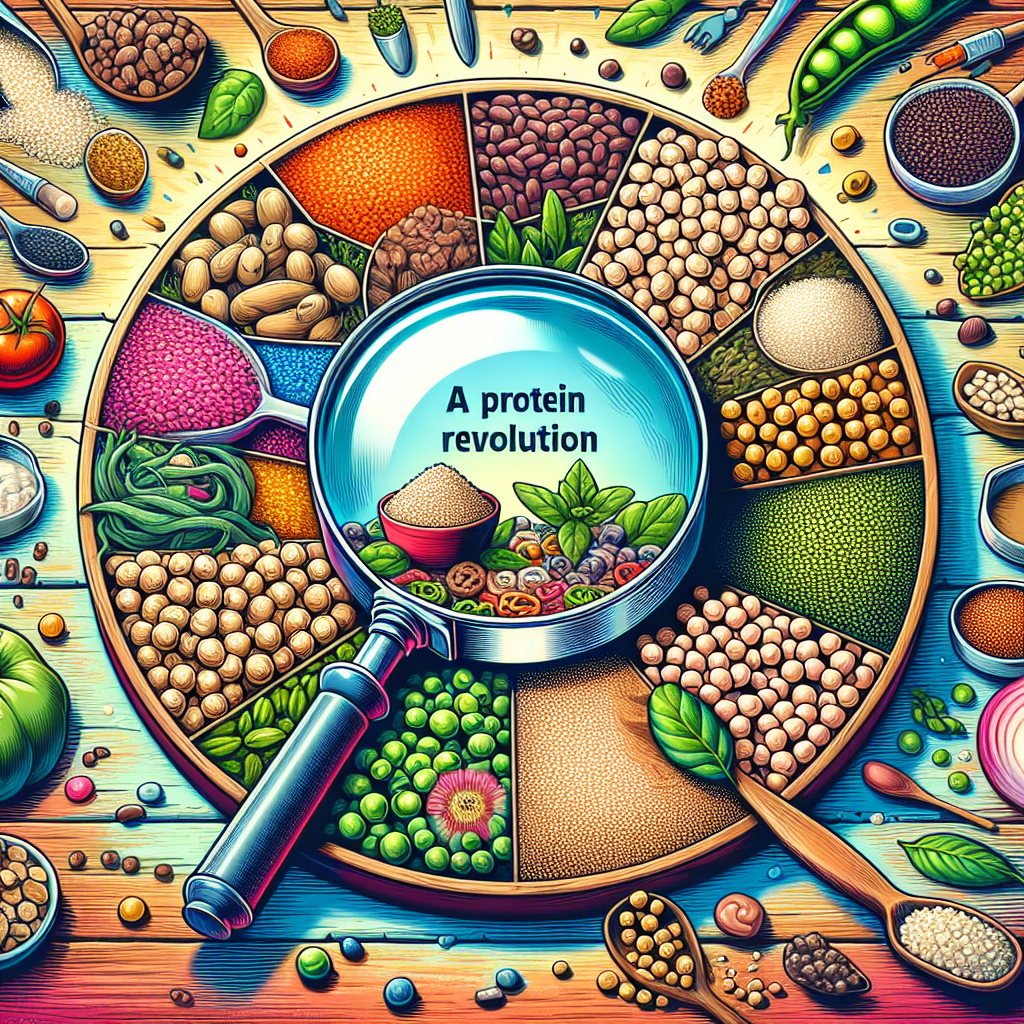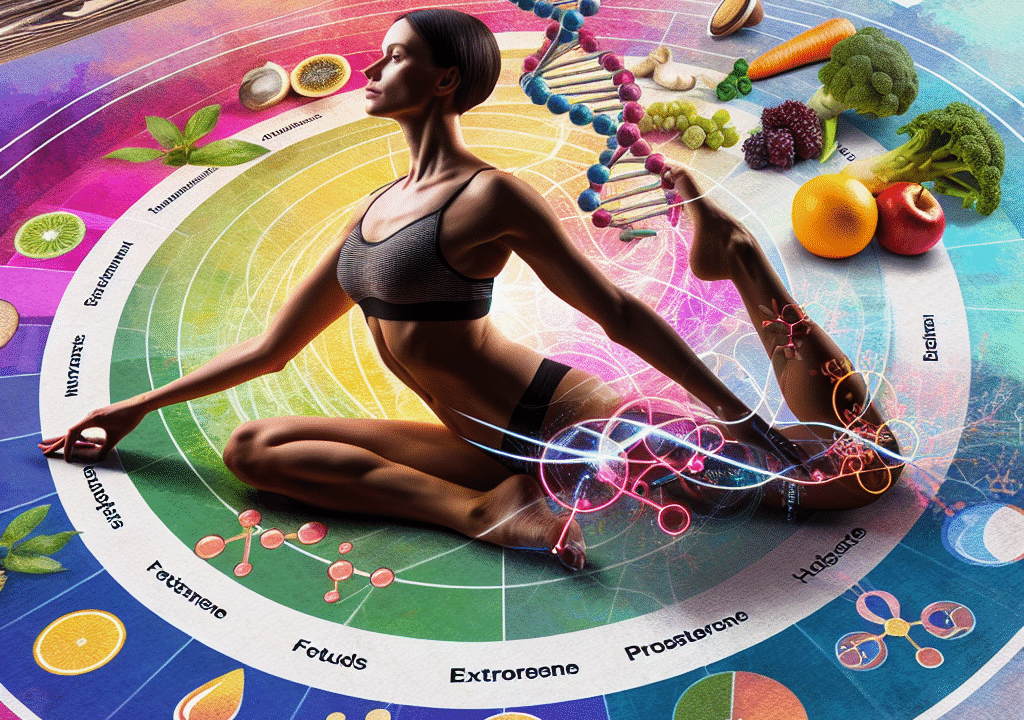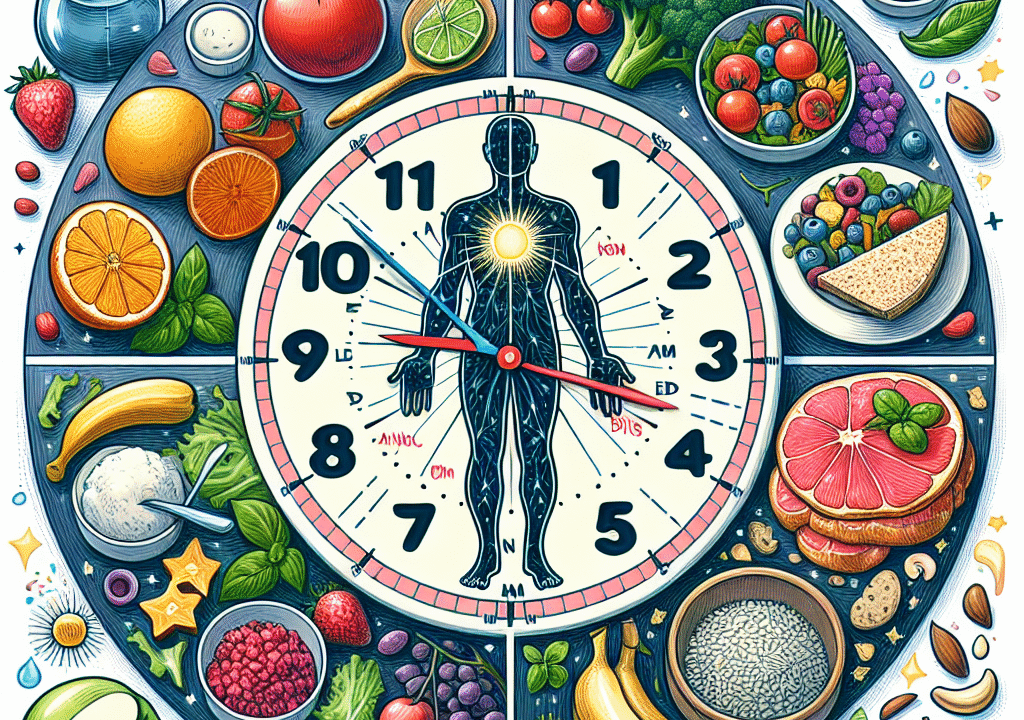
Beyond Quinoa: The Complete Protein Revolution Hidden in Plain Sight
In the ever-evolving world of health and wellness, quinoa has claimed its status as a superfood—for good reason. It’s packed with protein, fiber, and essential nutrients. But there’s a new wave rising beneath the surface: lesser-known, high-performing complete plant proteins that are just as powerful.
From ancient grains to nutrient-dense algae, these alternatives offer benefits that rival—and sometimes exceed—what quinoa can offer. They also introduce fresh flavors, promote biodiversity, and support sustainable eating habits. Welcome to the next phase of plant-based nutrition: a plant-powered revolution driven by variety and balance.
What Is a Complete Protein?
Before we explore the alternatives, let’s clarify this essential concept.
Proteins are made from 20 amino acids. Nine of these are considered essential—they aren’t produced by the body and must be obtained through food. A “complete protein” provides all nine of these essential amino acids in sufficient ratios.
Animal products like eggs, dairy, and meat are naturally complete proteins. However, many plant-based foods also satisfy this nutritional requirement.
“There are many plant-based complete proteins that offer all essential amino acids in one food source,” explains Dr. Shannon Grant, nutritional biochemist at the Global Wellness Institute.
Better still, plant-based complete proteins often deliver additional benefits: fiber, antioxidants, healthy fats, and a lighter environmental footprint.
Rediscovering Forgotten Grains and Seeds
Let’s shed light on power-packed seeds and grains that are highly nutritious but often overlooked.
Buckwheat – A Protein-Packed Pseudo-Grain
Despite its name, buckwheat is not related to wheat and is naturally gluten-free. It’s rich in both fiber and protein, and even better—it’s a complete protein.
Complete protein from buckwheat
A single cup of cooked buckwheat contains about 6 grams of protein along with high amounts of lysine and arginine—amino acids that are often missing from typical cereal grains.
Ways to use it: Enjoy it in soba noodles, hearty porridge, fluffy pancakes, or grain-based bowls. It’s an excellent grain alternative for those with gluten intolerance.
Hemp Hearts – Tiny Seeds, Huge Benefits
Hemp seeds are among the most digestible sources of plant protein. Just three tablespoons provide around 10 grams of high-quality protein, plus omega-3 fatty acids, magnesium, and zinc.
Plant-based protein from hemp seeds
“Hemp contains edestin—a highly bioavailable protein similar to what’s found in the human body,” explains Dr. Megan Rossi, author of Eat Yourself Healthy.
Flavor-wise, hemp seeds have a mild, nutty taste. They’re perfect sprinkled on yogurt, blended into smoothies, or tossed onto salads.
Pro tip: Hemp-based foods may also promote hormonal balance and heart health.
Amaranth – The Ancient Grain with Modern Appeal
Used by Aztec civilizations thousands of years ago, amaranth is reemerging in contemporary diets as a nutrition powerhouse.
Amaranth complete protein grain
One cup of cooked amaranth offers approximately 9.3 grams of protein (USDA, 2023). It’s also exceptionally rich in methionine, a rare amino acid missing from most plant sources.
How to enjoy it: Use cooked amaranth in breakfast porridge, pop it like popcorn, or incorporate it into veggie patties and casseroles.
Spirulina – Superfood From the Sea
This blue-green algae might not win beauty contests, but it certainly tops the charts in nutritional value. Spirulina is composed of 60–70% protein by dry weight and contains all essential amino acids.
Spirulina complete protein source
Just one tablespoon delivers 4 grams of protein with only 20 calories. It’s also a brilliant source of iron, B12, and powerful antioxidants.
Ways to use it: Blend into smoothies, stir into hummus or salad dressings, or mix into energy bites. A small amount goes a long way due to its strong taste and potent nutrition.
Legume Power: When Grains and Beans Combine
Most legumes are not complete proteins on their own, but when paired with grains, they form a powerful amino acid partnership.
However, some legumes are complete all by themselves.
Soy – The Original Plant-Based Protein Champion
Soy has long been recognized as one of the best sources of complete plant protein. Whether in tofu, tempeh, edamame, or soy milk, it includes all essential amino acids, as well as important nutrients like calcium and isoflavones.
Complete plant protein from soy
One cup of boiled edamame contains nearly 18 grams of protein (USDA, 2023).
“Soy is one of the most studied plant proteins and shows unique benefits for heart health and bone density,” according to Harvard Health Publishing (2022).
Bonus Benefit: Fermented soy-based foods like tempeh enhance gut health and make nutrients easier to absorb.
Lupin Beans – The Mediterranean Protein Secret
Lupin beans may be unfamiliar to some, but they are nutritional dynamos. With around 26 grams of protein per 100 grams, they outshine most legumes.
Lupin beans complete vegan protein
Lupins are high in fiber, low in starch, and loaded with natural antioxidants. They’re also incredibly versatile.
Try them: roasted as a snack, blended into spreads, or added to warm grain salads. You can also find lupin flour in high-protein pasta and baked goods.
Why Go Beyond Quinoa?
Quinoa is excellent, but exploring beyond it offers compelling advantages:
- Dietary Variety: Each food brings a unique mix of amino acids, vitamins, minerals, and taste.
- Sustainability: Crops like buckwheat and lupin improve soil quality and typically use less water than staples like rice or wheat.
- Accessibility: Some sustainable plant protein alternatives to quinoa may be more affordable and widely available depending on your region.
For example, incorporating spirulina or hemp into your meals not only boosts protein, but introduces essential fatty acids and trace nutrients your body needs.
Building a Balanced Diet the Sustainable Way
You don’t have to change everything overnight. Small, thoughtful choices make a big difference. Try building your meals around nutrient-dense, plant-based protein combinations.
Here are a few delicious examples of smart pairings:
- Amaranth + black beans = all nine essential amino acids
- Buckwheat noodle stir-fry + tofu = gluten-free, complete-protein meal
- Spirulina smoothie + almond milk + berries = an energizing, antioxidant-rich breakfast
These combinations support muscle repair, immune function, and metabolic health. Plus, they keep mealtimes exciting and full of flavor.
The Future of Protein Is Plant-Powered
Driven by environmental concerns, animal welfare, and growing health awareness, there’s increasing demand for innovative plant-based protein options. According to the Plant-Based Foods Association (2023), plant-based food sales in the U.S. grew by 6.2% in 2022, reaching $8 billion.
Companies around the world are developing new products such as lupin-flour pasta, multi-grain cereal blends, and hemp protein bars—further proof that plant-based complete proteins are here to stay.
Conclusion: Go Beyond Quinoa
The next time you’re meal planning or filling your grocery cart, explore beyond quinoa. Try hemp seeds in your granola, spirulina in your smoothies, or swap your regular noodles for buckwheat soba or lupin-flour pasta.
You’ll bring diversity to your diet, nourish your body, and support a more sustainable food future.
Eat well. Live well. Go beyond quinoa.
References
– U.S. Department of Agriculture (USDA). FoodData Central: Nutritional profiles. Retrieved from https://fdc.nal.usda.gov/
– Harvard Health Publishing. (2022). “The Science behind Soy Protein.”
– Plant-Based Foods Association. (2023). “U.S. Plant-Based Market Overview.”
– Rossi, Megan. (2020). Eat Yourself Healthy. Penguin Life.
– Global Wellness Institute. (2022). Nutritional Trends Report.
– National Institutes of Health (NIH). (2021). “Amino Acids: Essential for Life.”


